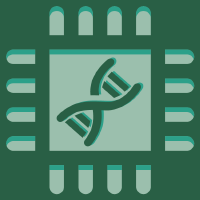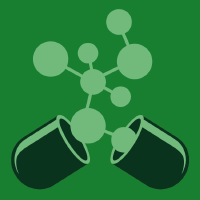Topic Menu
► Topic MenuTopic Editors


Microfluidics for Pharmaceutical Applications
Topic Information
Dear Colleagues,
In this topic, we aim to draw the interest of scientists in the microfluidic applications in the field of pharmacy. Microfluidics has been a renowned topic for the last three decades. The variety of applications of microfluidics, from biology to physics and chemistry, has been an interest of both academia and industry in recent years. In this topic, we aim to address the microfluidic applications in pharmacy. Authors can send their manuscripts to several high-impact journals included in this topic, such as Biosensors, Future Pharmacology, Micromachines, Pharmaceuticals, and Pharmaceutics. Here, we list some of the keywords ( but not limited to) which can be the main focus of the submitted manuscripts, namely: organ-on-chip, human-on-chip, drug delivery, nanotechnology, pharmacokinetics, drug screening, cancer, optical detections, diagnostics, point-of-care, bioanalysis, tissue chip, biochip, microfluidics, nanofluidics, microfabrication, nanofabrication, commercialization, rapid detection, early detection, personalized medicine, artificial intelligence, health intelligence, machine learning for health applications, data mining, and biosensors. As the topic editor of this Special Topic, we would like to thank the contributors for their valuable time and for submitting papers of high quality. If you have any research in this field that you would like to publish, please get in touch.
Dr. Trieu Nguyen
Prof. Dr. Dang Duong Bang
Topic Editors
Keywords
- microfluidics
- cell seeding
- drug delivery
- nanotechnology
- pharmacokinetics
- nanofluidics
- microfabrication
- pharmaceutics
- pharmaceuticals
- organ-on-chip
- artificial intelligence
- machine learning
- health intelligence
- data mining
- diagnostics
- cancers
- point-of-care
- biosensors
- rapid detection
Participating Journals
| Journal Name | Impact Factor | CiteScore | Launched Year | First Decision (median) | APC |
|---|---|---|---|---|---|

Biosensors
|
5.4 | 4.9 | 2011 | 17.4 Days | CHF 2700 |

Future Pharmacology
|
- | - | 2021 | 20.5 Days | CHF 1000 |

Micromachines
|
3.4 | 4.7 | 2010 | 16.1 Days | CHF 2600 |

Pharmaceuticals
|
4.6 | 4.7 | 2004 | 14.6 Days | CHF 2900 |

Pharmaceutics
|
5.4 | 6.9 | 2009 | 14.2 Days | CHF 2900 |

MDPI Topics is cooperating with Preprints.org and has built a direct connection between MDPI journals and Preprints.org. Authors are encouraged to enjoy the benefits by posting a preprint at Preprints.org prior to publication:
- Immediately share your ideas ahead of publication and establish your research priority;
- Protect your idea from being stolen with this time-stamped preprint article;
- Enhance the exposure and impact of your research;
- Receive feedback from your peers in advance;
- Have it indexed in Web of Science (Preprint Citation Index), Google Scholar, Crossref, SHARE, PrePubMed, Scilit and Europe PMC.

